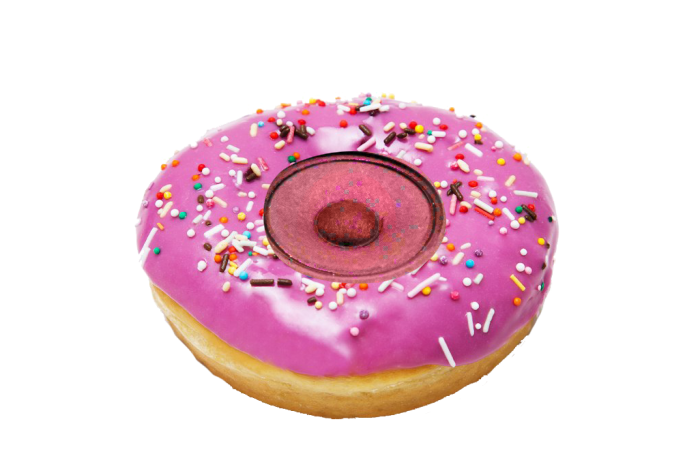
As I was finishing up the last of my schoolwork for the semester, I took a sip of my hot coco, and reveled in the fact that Christmas is less two weeks away. Realizing I haven’t done anything to celebrate the tradition, I promptly turned on my classic Christmas playlist (I’ve had the same one for 6 years now.) And then, as Mariah Carrey’s “All I Want for Christmas is You” blessed our ears, an interesting question came up between my partner and I. Why is it that the same songs every year never seem to get old? Is it possible for newer Christmas songs receive the same status as their predecessors?
What I found was truly not what I was expecting.
I first did a little digging to find out why the classics never seem to get old. My first thought was maybe the stylistic choices might play a role. I thought ‘Maybe these beloved songs are just better?’ However, the main reasoning was actually due to a combined generational effect and industry-manipulated nostalgia. According to Paul Carr, professor in popular music analysis at the University of South Wales, majority of the Christmas we listen to comes from the 1970’s. “We pass these records on to our kids, we listen to them, and consequently these records seem to be having this cyclic impact on generations,” Carr is quoted saying. Due to modern recording, playback, and streaming technology, the ability to share and pass on songs from generation to generation is extremely apparent. Now factor in the family aspect of a traditional Christmas holiday, and you have the perfect storm for permanence of the classics.
And now you may be asking ‘what in the world is industry-manipulated nostalgia?’ It is a combination of intentionally placed nostalgic lyrics, modernized reproductions of songs of classic status, and the re-releasing of songs. Again, the music industry is well aware that Christmas is a holiday centered around tradition and childhood memories. By creating new reproductions of classic songs as a sure fire way to make profit, they are perpetuating their classic status.
Another important factor is the amount of play time. Though your very southern aunt might start listening to Christmas music in July, most people typically stick to only listening to Christmas music in December. A typical pop song has a parabola ‘horseshoe’ curve of enjoyment. At first you like the song. And then you love it and are constantly listening to it. And then you get so sick of it you want to throw your phone across the room and scream when it comes on. However, because your play time is theoretically limited, you still get excited to hear the Christmas classics every year.
Now for the real question: Is it possible for a new Christmas classic to emerge?
The answer seems to be yes – though it might take 20 years or so! There is nothing technically stopping an original from reaching that classic status except for the time for a generational tradition to form and the nostalgia of the song to take over.
Check out a list of new Christmas songs the GRAMMY Recording Academy recommends for the 2023 holiday season!
https://www.grammy.com/news/holiday-music-2023-new-christmas-songs-listen
Sources:
